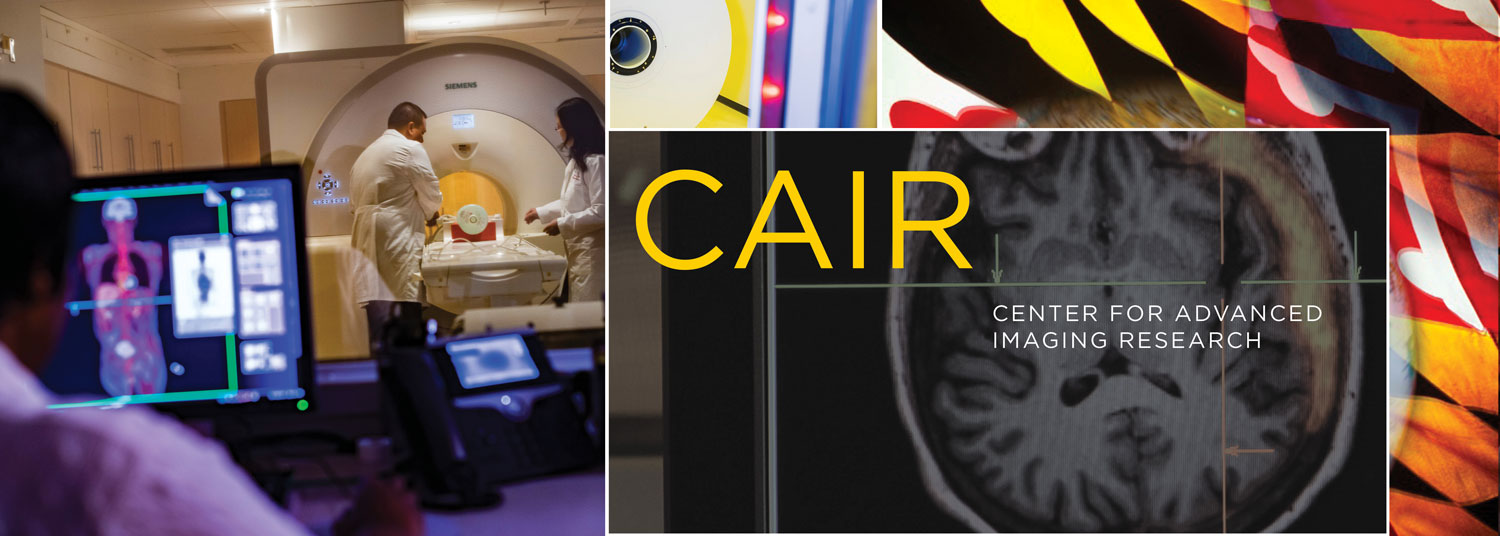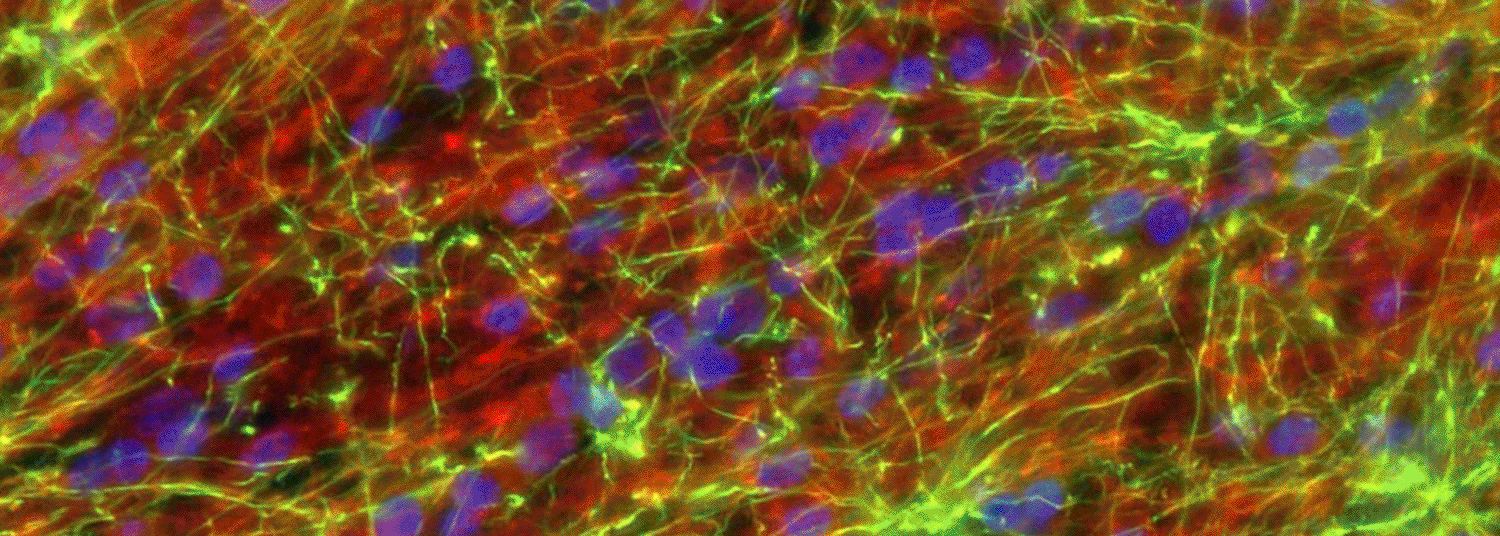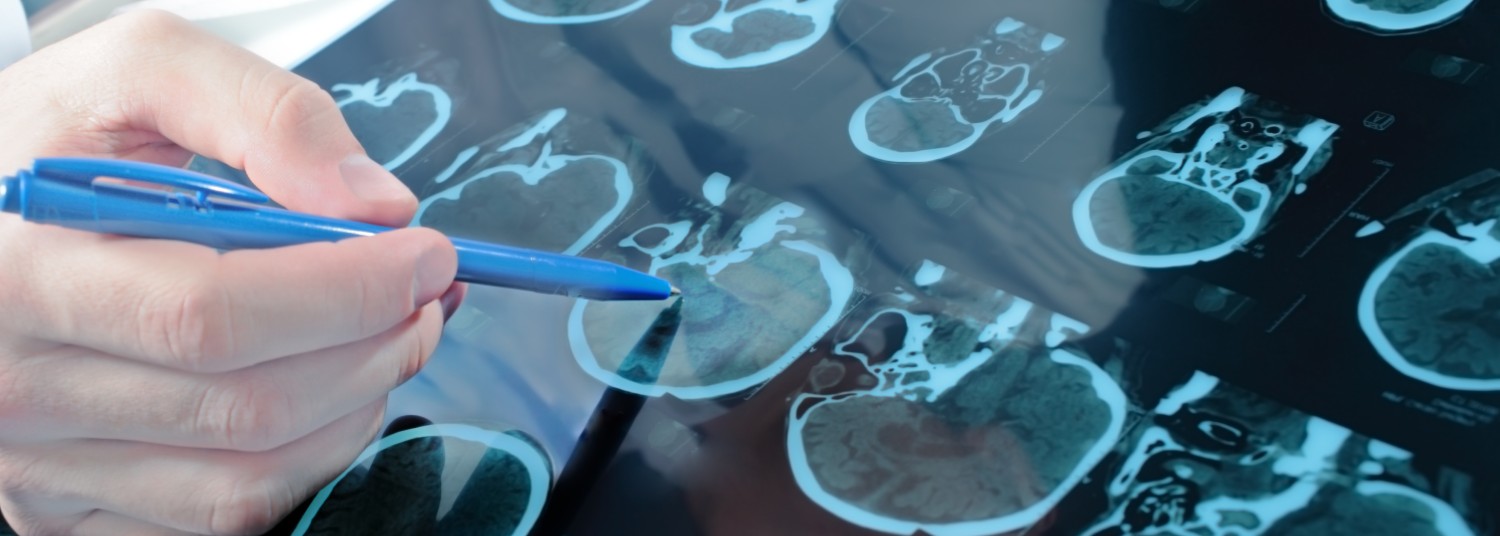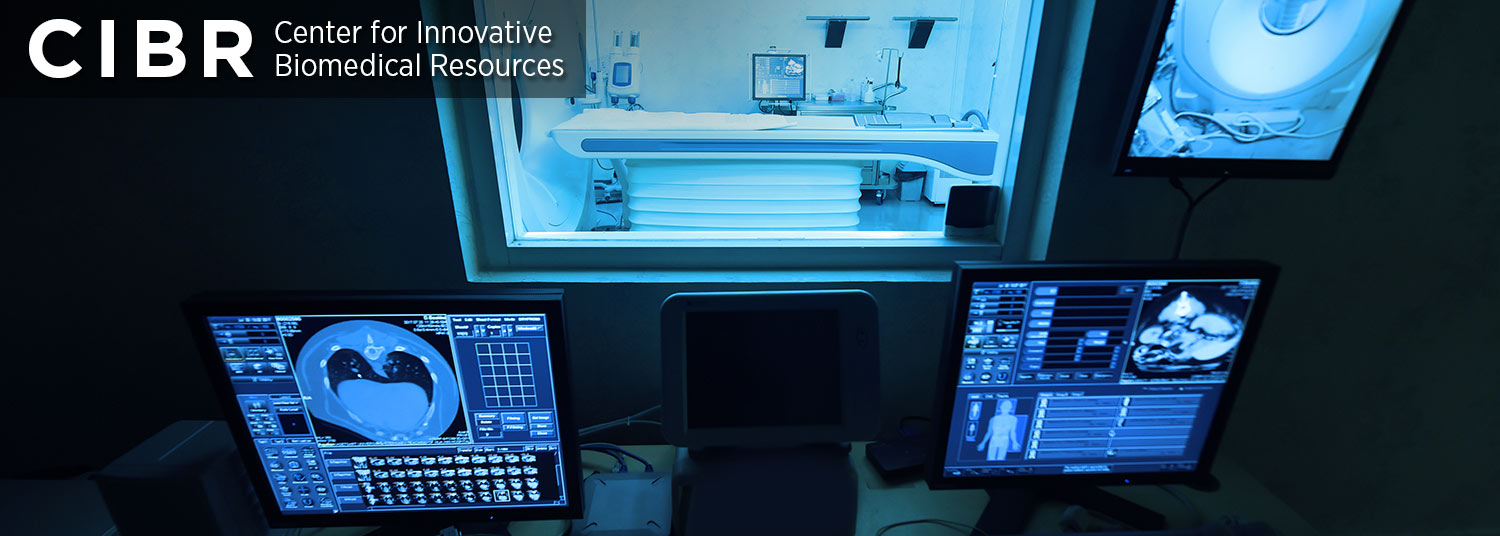The Department of Diagnostic Radiology and Nuclear Medicine is dedicated to conducting pioneering, innovative research to advance the field of imaging and, by extension, improve healthcare delivery and patient care outcomes.
The Blue Ridge Institute for Medical Research Rankings of NIH Funding has rated UMB’s radiology department in the top 20 funded programs every year since 2020. Research is conducted both by clinical and research faculty.
Research Centers, Programs and Labs
Numerous faculty are involved in research and clinical trials, and some are directors of research programs and labs.
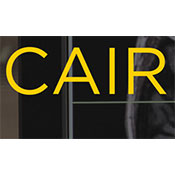 Center for Advanced Imaging Research (CAIR)
Center for Advanced Imaging Research (CAIR)
Research faculty form the core of the Center for Advanced Imaging Research (CAIR), which was established in 2018. CAIR is home to the laboratories of more than a dozen principal investigators and houses human and small animal scanners dedicated to research pursuits. Other equipment includes high-intensity focused ultrasound, small animal MR-guided focused ultrasound, and a SPINlab hyperpolarizer.
 University of Maryland Medical Intelligent Imaging (UM2ii) Center
University of Maryland Medical Intelligent Imaging (UM2ii) Center
The team at the University of Maryland Medical Intelligent Imaging (UM2ii) Center develops and applies AI tools in medicine/medical imaging to improve healthcare.
 Center for Translational Research in Imaging (CTRIM)
Center for Translational Research in Imaging (CTRIM)
The department offers research support to other departments and specialties through the Center for Translational Research in Imaging (CTRIM), staffed by faculty knowledgeable in assisting in study design as well as image processing and analysis. CTRIM’s state-of-the-art equipment includes:
- Bruker BiospecAvance III 7 Tesla and 9.4 T Small Animal MRI Scanners
Siemens Inveon Small Animal PET- CT Imaging System - Xenogen IVIS Spectrum Optical in vivo Imaging System
- MR-Guided Focused Ultrasound (MRgFUS) System
 Neurovascular Imaging Center (NIC)
Neurovascular Imaging Center (NIC)
Directed by Bruce Wasserman, MD, the Neurovascular Imaging Center (NIC) is committed to understanding diseases of blood vessels in the head and neck using new imaging techniques. Researchers study a variety of diseases, including vasculitis, dissections and connective tissue disorders, but much of their work has targeted atherosclerotic plaque.
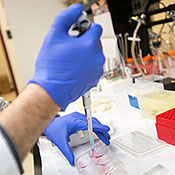 Program in Image-Guided Neurointerventions (PIGN)
Program in Image-Guided Neurointerventions (PIGN)
Directed by Piotr Walczak, MD, PhD, and Miroslaw Janowski, MD, PhD, the Program in Image-Guided Neurointerventions (PIGN) focuses on molecular imaging, image guidance, and advanced therapeutics such as CRISPR-based technologies and stem cells applicable principally to central nervous system diseases.
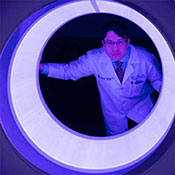 University of Maryland Trauma Radiology Artificial Intelligence Lab (TRAIL)
University of Maryland Trauma Radiology Artificial Intelligence Lab (TRAIL)
Founded by David Dreizin, MD, Associate Professor of Diagnostic Radiology and Nuclear Medicine, TRAIL promotes timely, accurate diagnosis for hemorrhage-related injuries in trauma victims using computer vision and machine learning.
 UM Greenebaum Comprehensive Cancer Center (UMGCCC)
UM Greenebaum Comprehensive Cancer Center (UMGCCC)
The University of Maryland Greenebaum Comprehensive Cancer Center (UMGCCC) has attained national recognition for excellence in cancer treatment and research. As a National Cancer Institute (NCI)-designated comprehensive cancer center, UMGCCC is among the top tier of cancer centers in the country. Department of Diagnostic Radiology and Nuclear Medicine faculty are involved in UMGCC programs, including experimental therapeutics and tumor immunology and immunotherapy.
 Cardiac MR Core Lab for the Student Athlete COVID-19 Registry in the Big Ten Collegiate Athletic Conference
Cardiac MR Core Lab for the Student Athlete COVID-19 Registry in the Big Ten Collegiate Athletic Conference
UMSOM researchers have been collaborating on an extensive heart registry that includes student-athletes in the Big Ten athletic conference to learn more about cardiac issues in those who have recovered from a COVID-19 infection.

